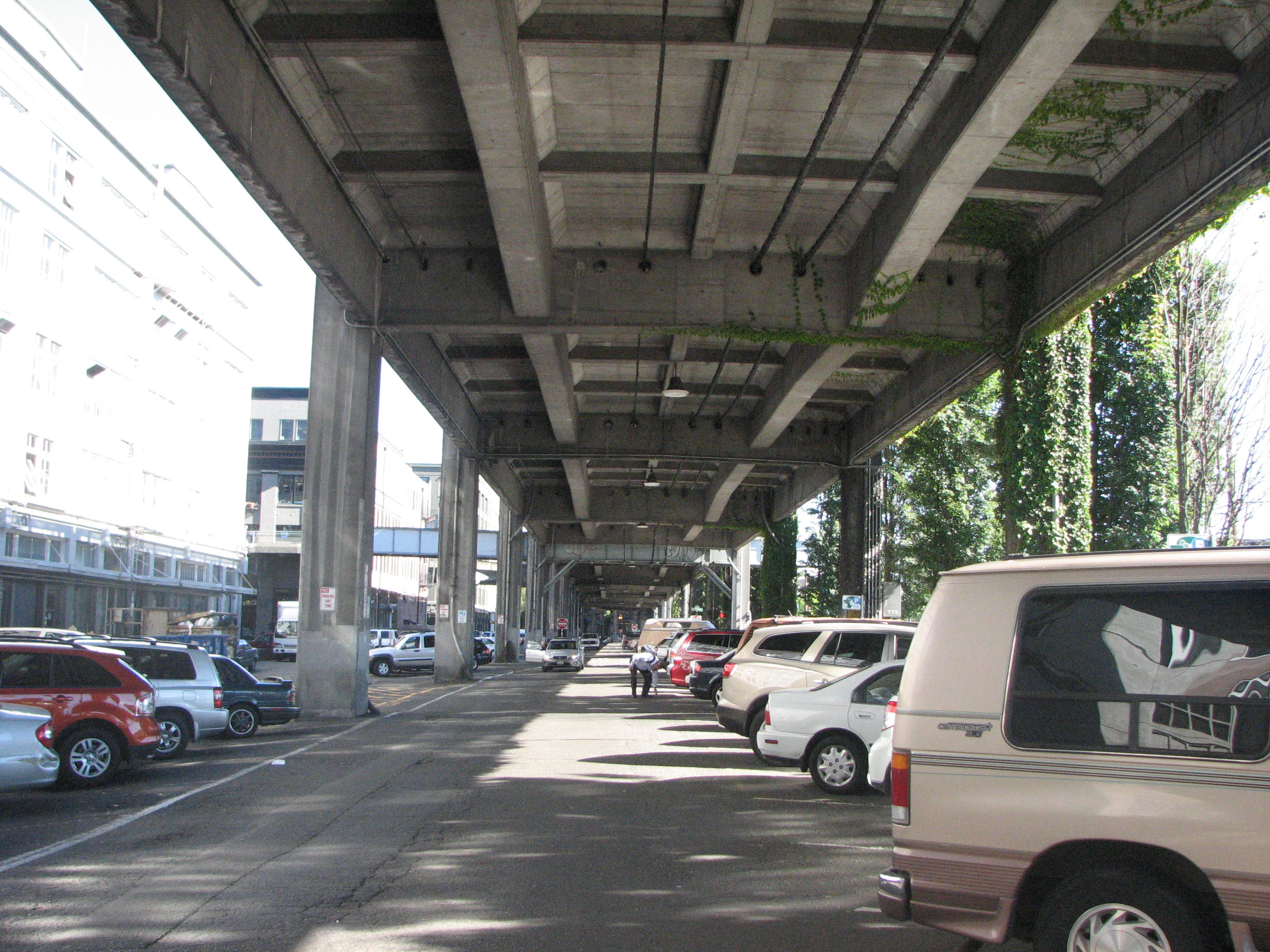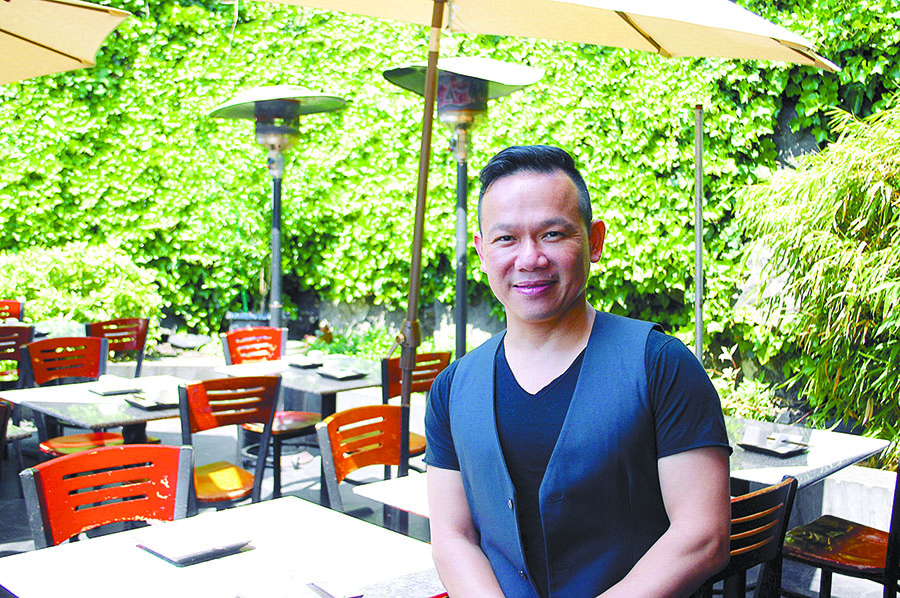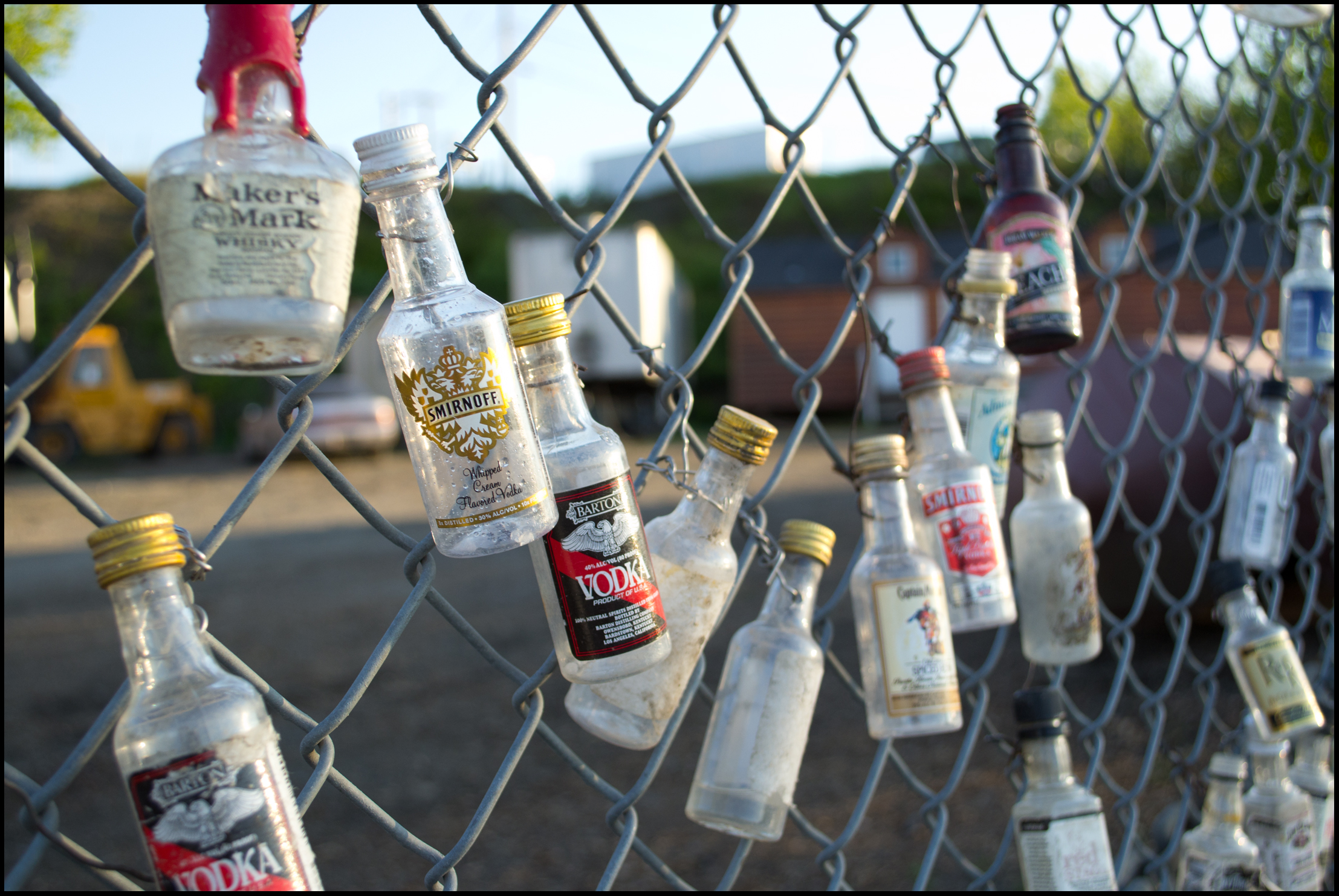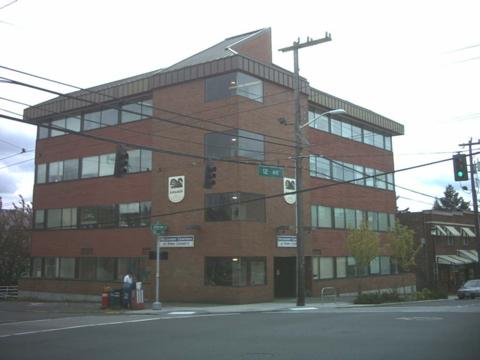The specter of the viaduct replacement saga becoming an historic public-works boondoggle has some jittery members of Seattle City Council rapidly losing confidence that the $2 billion project will have a satisfactory ending.
“At some point is the pain is going to be so great that we ask, ‘Is there a Plan B?’ This is like a nightmare you don’t wake up from,” Council member Nick Licata tells Seattle Weekly.
Council member Mike O’Brien, meanwhile, wonders now whether there’s any light at all at the end of this tunnel. He asks, “Has the margin of error gotten so bad that we no longer want to take the risk?”
The risk O’Brien refers to is the possibility, however remote, that the 61-year-old viaduct is on its last legs and that additional drilling to forge a rescue pit to unearth the state’s damaged $80 million tunnel boring machine may not be the wisest, or safest, of options–not when 30 Pioneer Square businesses appear to have sunk an inch or more over the past month. “Who knows how much longer it will remain standing,” O’Brien tells the Weekly. “Will it be another two to three years? And what then? What if a truck damages a piling or whatever? So is continuing to dig the pit the best thing or should we repair it from the back?”
Indeed, Bertha’s breakdown more than a year ago has unleashed a rippling effect. The project is far behind schedule. Waterfront businesses face much uncertainty. The area is an eyesore. Traffic is often snarled. In April, Washington Department of Transportation chief Lynn Peterson said it is “possible” the tunnel project will never be finished if Bertha, the tunneling machine, cannot be fixed. Then what? There are no satisfactory answers.
So far, the shifting earth has not damaged the viaduct or any of the 30 buildings transportation workers are monitoring. After the 2001 Nisqually quake–which was used as a justification for the tunnel–the viaduct sunk about five inches and cracked in many places. At the time, the tipping point for total closure of the roadway was set at six inches. The most recent settling puts portions of the highway below that six-inch threshold.
Regardlesss of WSDOT assurance, O’Brien has not ruled out shutting down the city-run highway that runs along the 2.1 mile double-decker, which carries 100,000 vehicles a day.
“It concerns me,” says Council member Tom Rasmussen, who chairs the Transportation Committee, “that WSDOT may not be sharing information as quickly as they should.”
It could be, adds Rasmussen, that the viaduct will have to be closed for a long period of time for reinforcement work and whatnot. “I’d like to see a contingency plan for that, the same way they have one when they do short-term weekend closures.”
Complains Council member Jean Godden: “They had to have known about this [the ground settling] since the day before Thanksgiving. So I was cross [at Monday’s full-Council briefing] and told them I didn’t want to have to pick up the newspaper to read about it. There has to be transparency.”
WSDOT, with input from the Seattle Department of Transportation and King County Metro, did in fact present a contingency plan to the City Council in 2005. The plan detailed three scenarios that might result in closure of the viaduct. The first scenario discussed what actions would be taken in the event of another earthquake, resulting in the viaduct and the surface street Alaskan Way to both become unavailable to carry traffic for a protracted period of time.
Here’s what the plan entailed:
– Redirect traffic coming into the area.- Support SPD and SFD to ensure safe and expeditious access to and from the incident.- Work with emergency managers to ensure safe and expeditious routes to and from hospitals and staging areas.- Implement plans to initially move citizens away from the areas of the city impacted by the loss of the viaduct.- Rapidly move to implement planned traffic detour systems in order to free up police officers from traffic control tasks.- Manage the remaining transportation system in and around Seattle to work as well as possible to accommodate the increased burden placed upon it by the loss of the viaduct.
The Council next Monday will be briefed on viaduct closure contingency plans.
For now, WSDOT is monitoring the viaduct and the Pioneer Square neighborood on a daily basis. If the settling stops, the pit excavation can continue; if not, WSDOT engineers will need to figure out how to shut off the groundwater pump that is responsible for the settling.
Former Governor Christine Gregoire said the viaduct would be gone by 2012. The tunnel was to have been completed by December 2015. Neither happened. But WSDOT insists the viaduct is safe for now. And it if it makes you feel better, it was built to last for 75 years.








